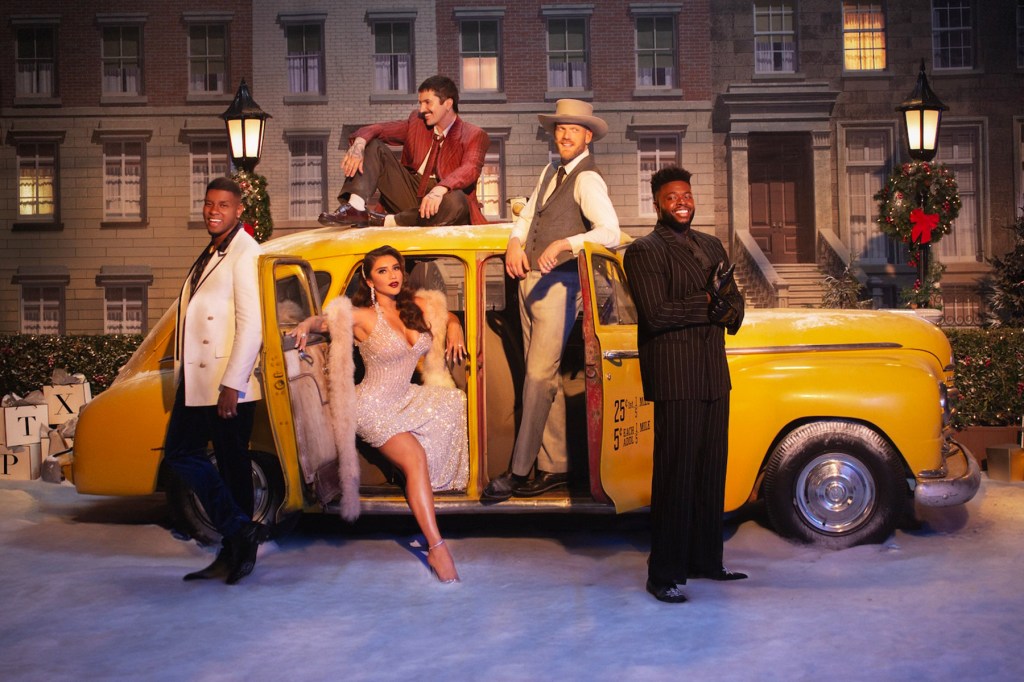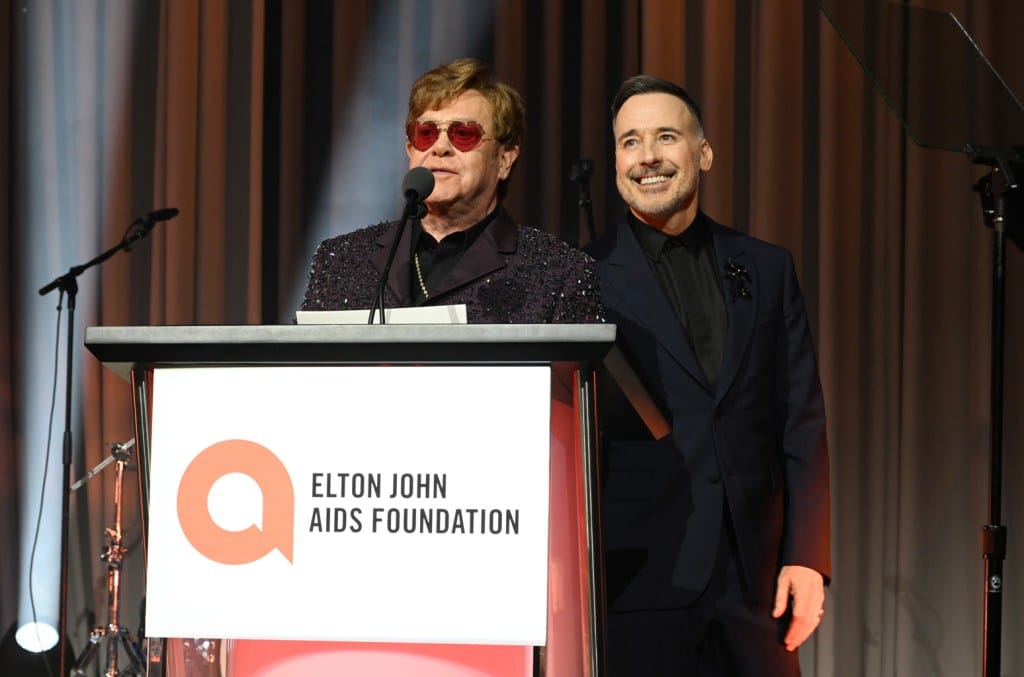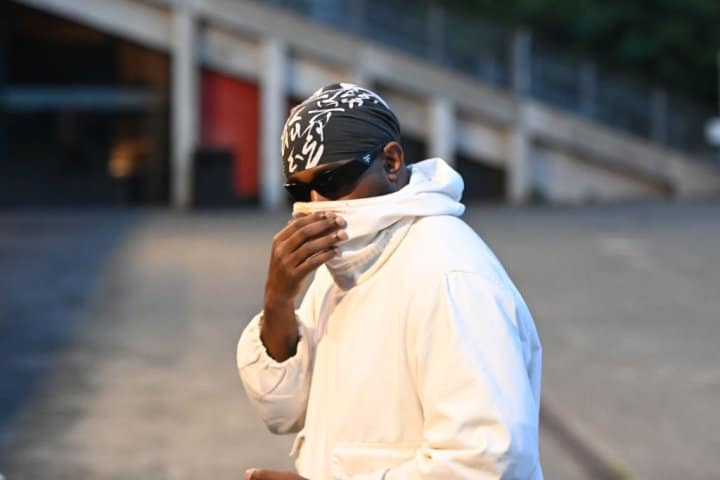I Should’ve Taken More Pictures of That GNX
Written by djfrosty on February 12, 2025
On Nov. 22, Kendrick surprised fans when, after winning what many consider the best rap battle ever, he released his sixth album GNX. However, after the shock of the surprise drop, fans were more taken aback by how the album sounded. Aside from a handful of songs like “Man at the Garden” and “Luther”, the project showcased a heavy and deeply rooted West Coast influence. The first voice you hear when you press play on “Wacced Out Murals,” the album’s intro, is not even Kendrick’s — it’s mariachi singer Deyra Barrera’s, “a genre of music that, thanks to L.A.’s heavy Mexican population, many in Kendrick’s generation grew up hearing while grabbing some tacos or visiting a neighbor’s house.
He featured relatively unknown and underground Cali rappers throughout the album, giving artists like Lefty Gunplay, Dody6, AzChike, Hitta J3, YoungThreat and Peysoh their first charting hits. Songs like “Squabble Up”, “Hey Now”, “TV Off”, “Peekaboo”, “Dodger Blue” and “GNX” all have distinct West Coast production and put L.A. street lingo front and center. For example, “Squabble Up” uses a sample of Debbie Deb’s hook to freestyle classic “When I Hear Music,” which is popular in lowrider culture and has a Bay Area bounce to it. The video also features hyphy culture prominently, along with other easter-egg nods to life in California from a hip-hop perspective.
Trending on Billboard
But Kendrick Lamar wouldn’t be the only superstar to tap his home soil for inspiration in the past few months. Similar to the way Lamar used an unorthodox approach in setting off GNX with Barrera’s soulful vocals, Bad Bunny starts off his latest album Debí Tirar Más Fotos with the sounds of salsa, in the form of an interpolation of El Gran Combo’s “Un Verano en Nueva York” on the album’s intro “NuevaYol“. The listener immediately knows the direction in which Bunny’s planning to take them. This particular brand of salsa music exploded Stateside during the ‘70s, as more Puerto Ricans and Cubans moved to New York City and Miami, respectively. The Latino diaspora was thirsty for a new sound that helped speak to their new urban environment; sort of like reggaetón has become for younger generations.
The record’s third track, “Baile Inolvidable,” is essentially a salsa song, again wasting no time in telling the listener that this is a Puerto Rican album made by a Puerto Rican for Puerto Ricans. Bunny’s vocals over that style of production is reminiscent of artists like Ghostface Killah rapping over a loosely looped R&B beat on songs like “The Watch” and “Holla”. Kendrick’s “Heart Pt. 6” does something similar, as he raps about his early days over a sample of SWV’s mid-’90s R&B hit “Use Your Heart”.
Bunny, similar to Kendrick on past albums, is using his influence as one of the world’s biggest stars to bring attention to what’s happening in his homeland. Puerto Rico has been stuck in limbo as a United States territory since 1898, with its citizens being split between statehood, independence and free association. Bunny’s been a vocal supporter of the growing independence movement, recently endorsing third party candidate Juan Dalmau for governor of Puerto Rico. The song “Lo Que Le Pasó a Hawaii” warns against statehood and the gentrification he believes it will inevitably bring as he doesn’t want his homeland to suffer the same fate as Hawaii since it became the 51st state in 1959. The 2023 Maui wildfires have amplified the archipelago’s gentrification problem, as many natives are being priced out of neighborhoods they’ve lived in for generations.
The Puerto Rican superstar’s sixth album isn’t all political, though. Tracks like “Café con Ron” and “Pitorro de Coco” are homages to Bori culture, with both being named after popular drinks like coffee with rum and coconut moonshine. He even released the album the day before Three Kings Day, a secondary Christmas holiday celebrated on the island. And he includes a few records for the ladies to whine to for good measure.
Lamar isn’t nearly as political on GNX as Bunny is on Debí Tirar Más Fotos, but he too wanted to remind fans and critics alike that his home has its own culture with its own slang, rhythms and dances. He did decide to wade into some political waters during his Super Bowl 59 Halftime performance, however, by enlisting Samuel L. Jackson to narrate the show as Uncle Sam, seemingly in reference to Jackson’s Dolmedes character in Spike Lee’s 2015 film Chi-Raq. “The feel of it is Black America,” Dot’s right hand man Dave Free told the Wall Street Journal of pgLang’s production. “What does Black America look like, and how to control that narrative of what it means to be Black in America, versus what the world’s perspective of that is.”
Two superstars whose genres have risen from the streets of their respective homelands to becoming a global force, dropping super-regional albums, and both going No. 1 on the Billboard 200 albums chart shows that chasing trends and worrying about what everybody else is doing or wants to hear from you doesn’t matter in the grand scheme of things. “My purpose was what I said: Bring an album with the essence of Puerto Rico that would unite generations, awaken love for the country and the culture, and that people would enjoy,” the Puerto Rican superstar told Billboard. “That was it.”

 State Champ Radio
State Champ Radio 







